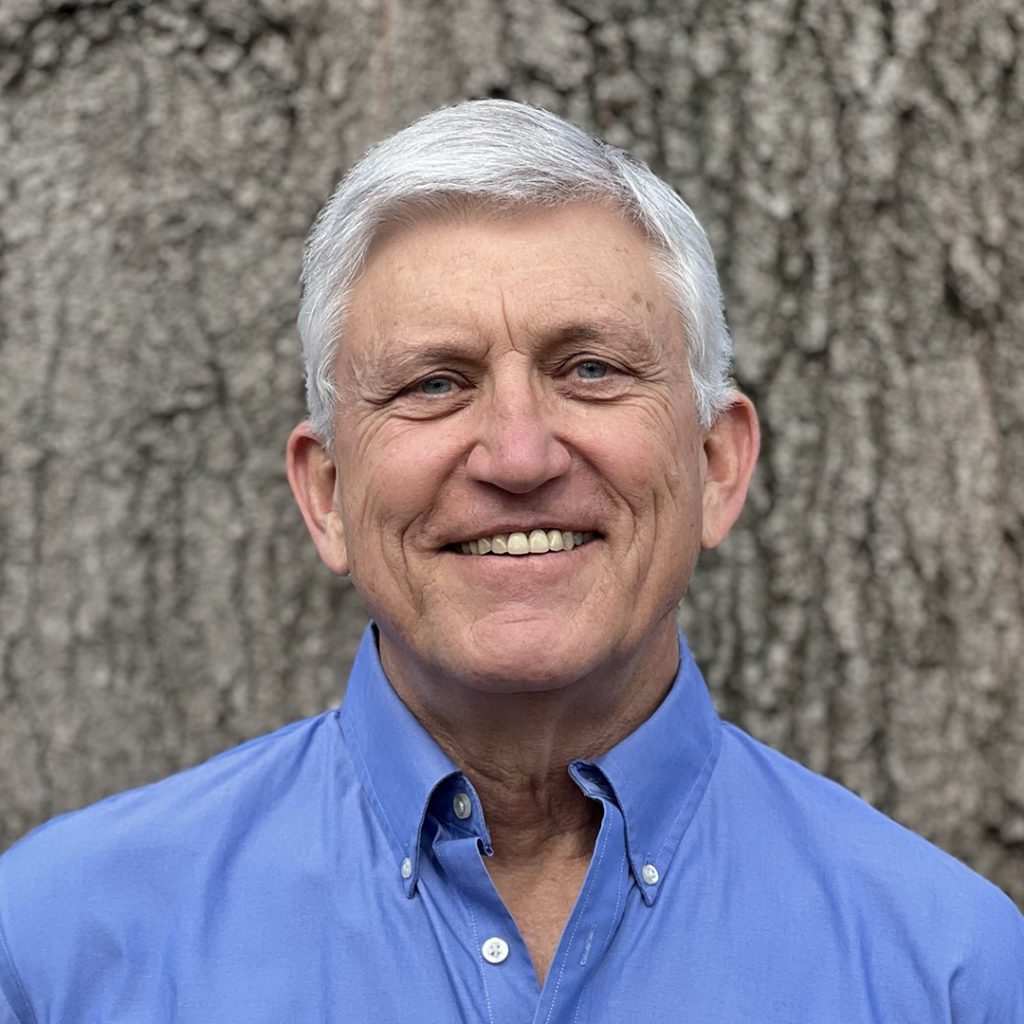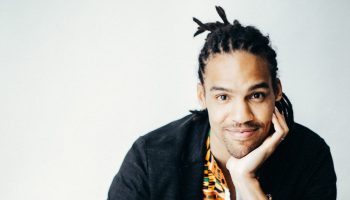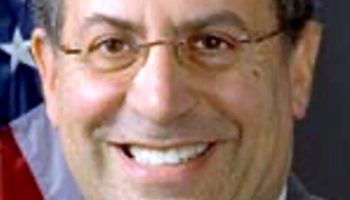
Deborah Trefts
Staff writer
The proverb about every cloud having a silver lining even applies to COVID-19, accelerating an enterprise in the pharmaceutical field that’s long overdue.
Jeffrey Gallagher, emeritus executive director of the Alliance for Building Better Medicine, said the pandemic revealed that many of the medicines Americans take are made in China and India. When U.S. manufacturers fled overseas to avoid environmental and manufacturing regulations, major drug-makers were among them.
At 3 p.m. on Saturday in the Hall of Philosophy, as part of the Chautauqua Women’s Club’s Contemporary Issues Forum, Gallagher will give a talk titled “Fixing the Broken Supply Chain of Quality Affordable Medicines in the US and World.”
“For two and a half years, the federal FDA did not inspect” the facilities producing U.S. medicines abroad, he said.
Because there were long delays in shipping these questionable medicines across oceans, many people lacked access to essential medicines during the worst of COVID-19. Even now, there are chronic shortages, Gallagher added, including at least 11 cancer medications and generic ADHD drugs.
This means the accessibility and quality of many medicines Americans take have been and still are beyond U.S. control, and the manufacture of reliable supplies within the United States is urgently needed.
When COVID hit, a strategic planning process for accelerating the pace of production technology and addressing the pervasive problem of low-quality, high-priced medicines was in its infancy in central Virginia. Yet personal computers and smartphones meant that office closures were not a substantial hindrance for those involved.
The dean of Virginia Commonwealth University’s College of Engineering had already recruited Gallagher to lead this process.
“Just as we said, ‘Let’s do this,’ (COVID-19) really double-juiced us,” he said. “(We agreed,) when bad things happen, let’s use this time and make things happen. Via Zoom we could have meetings with CEOs, the governor’s staff and researchers. In the first months (of COVID-19), no one had anything to do. That resulted in a 180-page report and a white paper on the issues.”
During his CIF talk, Gallagher will describe how this strategic planning process came about, and what has been accomplished since it came to fruition.
At the time he was recruited, he was 67 years old and had just retired from an eclectic career that enabled him to develop and refine the skills, and deepen the knowledge that he would need for this extraordinary quest.
Gallagher grew up in Cleveland and went to Harvard University, where he majored in government, although his primary interest was in the sciences.
“It was the late ’60s and science seemed so irrelevant,” he said. “Then, during the next few years, I (was exploring) how to become an effective person. First, I went to Congress for one year and worked for (U.S. Rep.) Bella Abzug. She had three committee assignments. There was a senior person for each of them, and I did all the other stuff, including filing the (Nixon) impeachment bill. She was really something.”
Because “after working on the Hill for a while, you can wonder if anything good will come of it,” Gallagher moved on to the Urban Institute, a nonprofit think tank established to provide the data and evidence needed to advance equity and upward mobility. There he worked on expanding federal disability services to handicapped people.
“This was just when changes were being made,” he said. “It was a great experience. My job was to travel around the country and work with a consortium to bring this big plan to Congress.”
After a year and a half, Gallagher moved to Pasadena, California, where a college friend who was a journalist at The Christian Science Monitor had grown up. Together, they launched a newspaper, starting from scratch. They sold it several years later.
Switching fields, Gallagher enrolled at the University of Wisconsin Law School because it was known for its emphasis on public policy, and earned his juris doctor degree.
“In that really intense system of law, I forgot about public policy,” he said. Upon graduation, he practiced law in Chicago then Madison, Wisconsin, for about eight years.
Realizing that it “was not quite my path,” Gallagher moved to New York City and North Carolina to write plays for five years.
“My scientific interest, ability, and knowledge popped up here,” he said. “Science and biology is the theme I tried to repress in college.”
On a “Mom and Pop” trip to the Soviet Union when “the Iron Curtain was crumbling,” during which he was matched up with colleagues, he met his future wife Cathy. Since she was a faculty member at Virginia Commonwealth University, he moved to Richmond, Virginia.
Gallagher then went to the University of Virginia’s School of Law in Charlottesville, where he was a Ford Foundation fellow, and earned a LL.M. in public international law.
“I thought it would help me build relations to countries (like) China and the Soviet Union,” he said.
Practicing corporate law in Richmond, he facilitated “new technology company formation, international business, and intellectual property transactions.”
It was through this experience that “science took hold.” Gallagher said he was in Richmond “at the right time for biomedical expansion.” So he focused on helping professors start companies. He “counseled multiple biotechnology-based companies, including university technology spinouts, and managed the firm’s China practice.”
Through this work, he was also doing something as central to his being as is his passion for life sciences – helping “in the healing of the world.”
“Starting companies and doing entrepreneurial things is more exciting than law,” Gallagher said. “One executive had an idea for a company, and we (co-founded) Lyotropic Therapeutics (in Ashland, Virginia). It was how I learned about pharmaceuticals. I started as general counsel, but I had a lot of other skills that people needed.”
As a small, specialty pharmaceutical company, Lyotropic “used its proprietary formulation technology to create new drug products for license and commercialization by mid- and large pharma (companies).”
Because Gallagher understood science well enough to explain it to others, he said he became the company’s “translator.” In addition, his skill in bringing people together to collaborate enabled him to fill Lyotropic’s business development role. For 10 years – until there were “successes” and he sold the company – he served as its vice president and general counsel.
Gallagher then transitioned to biotechnology in order to lead statewide life sciences trade group Virginia Bio as its CEO. Previously, he had served as a volunteer board member. He said every state has a similar business association “lobbying for public policy, and trying to connect and make everyone succeed.”
By “everyone,” he means “universities, companies, entrepreneurs, investors, clinicians, service professionals and patients.” Success means accelerating “the discovery, commercialization and clinical application of bioscience products and services.”
After seven years, during which he said he traveled throughout the United States on behalf of Virginia Bio, and lobbied before Congress and federal agencies in support of Virginia Bio, Gallagher turned 67 and he decided it was time to recruit a new leader.
That’s about when the story he will tell at CIF begins.
“I think (the broken supply chain of quality affordable medicines) is an immense problem with a big impact on the U.S., and particularly people who don’t have much margin for error in their health care,” Gallagher said. “I see all the places where we need to make changes. I think (those changes) will have an enormous effect because they will drive down the costs of medicines, Medicare and Medicaid.”
He continued, “That’s not just in the U.S., but it’s globally too. The World Health Organization did a huge study … including Africa. Almost half of medicines are from China and India, and are of low quality. … Other countries could make their own top 30 medicines (using) innovative business models and collaboration.”
“The vast majority of people we encounter really want to take part in the healing of the world,” Gallagher said. “But that takes a lot of time, energy and good faith to work together. The whole thing was started with an emphasis on the world.”




